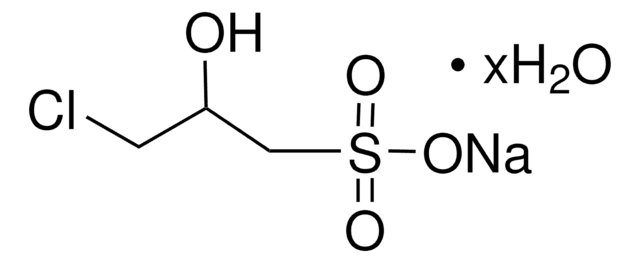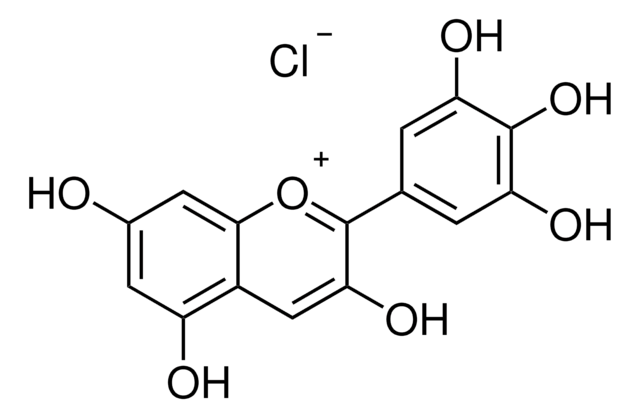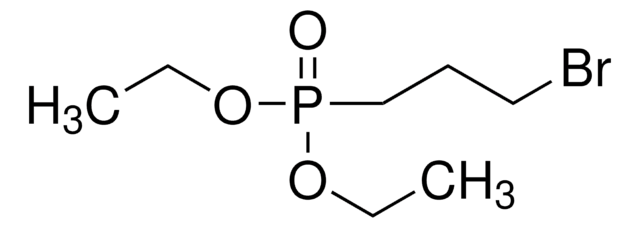137502
Sodium 2-bromoethanesulfonate
98%
Sinónimos:
2-Bromoethanesulfonic acid sodium salt
About This Item
Productos recomendados
Nivel de calidad
Ensayo
98%
mp
283 °C (dec.) (lit.)
solubilidad
water: soluble 100 mg/mL, clear, colorless
grupo funcional
bromo
sulfonic acid
cadena SMILES
[Na+].[O-]S(=O)(=O)CCBr
InChI
1S/C2H5BrO3S.Na/c3-1-2-7(4,5)6;/h1-2H2,(H,4,5,6);/q;+1/p-1
Clave InChI
HNFOAHXBHLWKNF-UHFFFAOYSA-M
¿Está buscando productos similares? Visita Guía de comparación de productos
Descripción general
Aplicación
Código de clase de almacenamiento
13 - Non Combustible Solids
Clase de riesgo para el agua (WGK)
WGK 1
Punto de inflamabilidad (°F)
Not applicable
Punto de inflamabilidad (°C)
Not applicable
Equipo de protección personal
dust mask type N95 (US), Eyeshields, Gloves
Elija entre una de las versiones más recientes:
¿Ya tiene este producto?
Encuentre la documentación para los productos que ha comprado recientemente en la Biblioteca de documentos.
Los clientes también vieron
Nuestro equipo de científicos tiene experiencia en todas las áreas de investigación: Ciencias de la vida, Ciencia de los materiales, Síntesis química, Cromatografía, Analítica y muchas otras.
Póngase en contacto con el Servicio técnico








